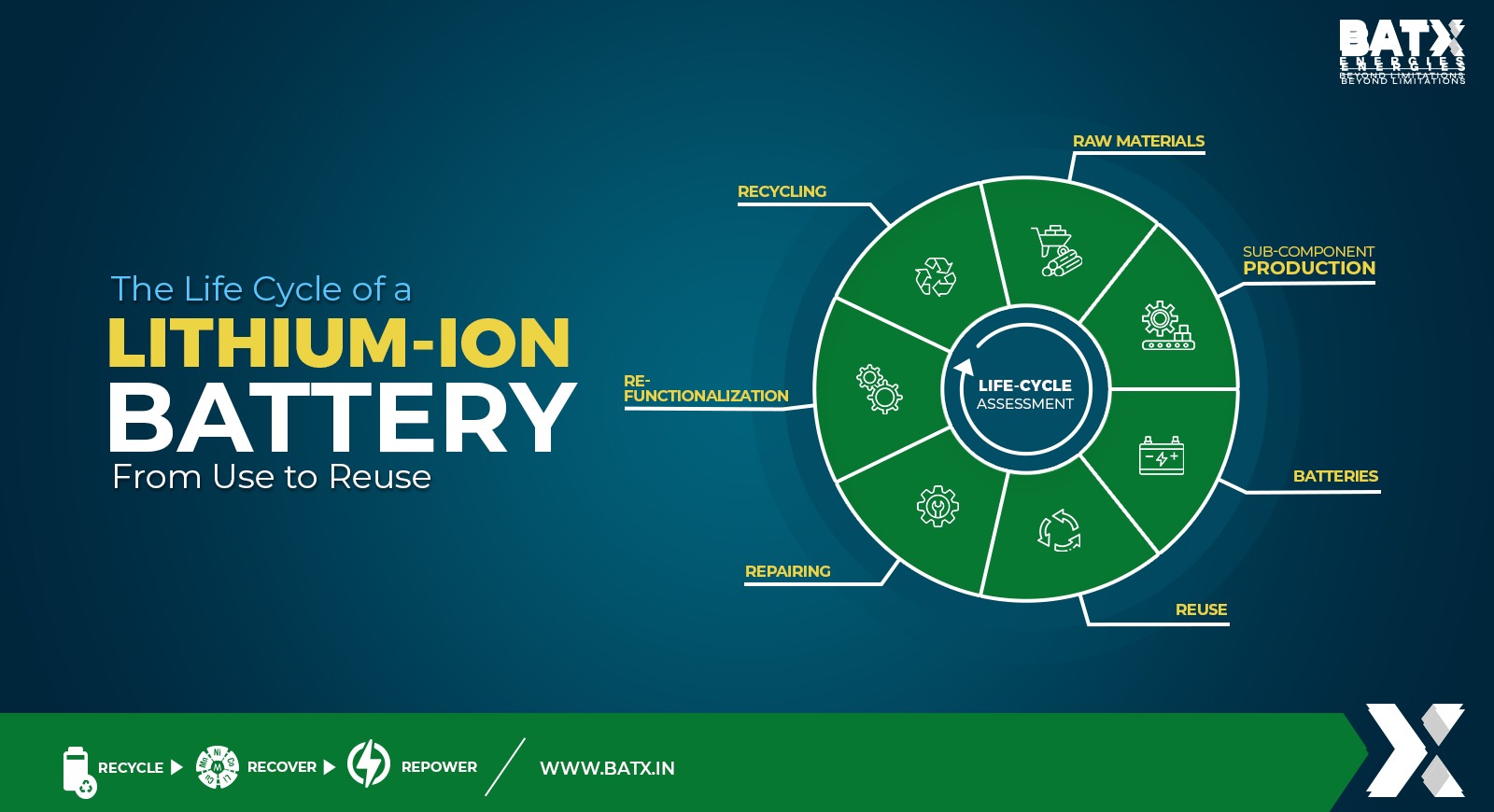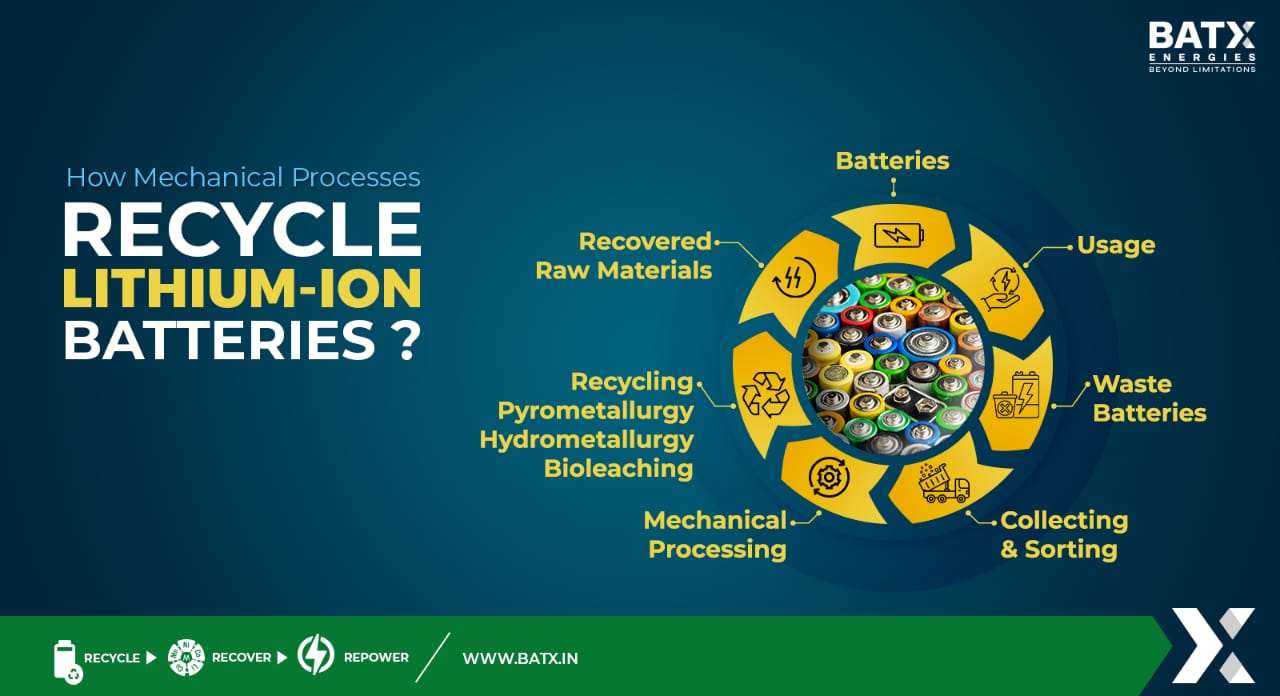India’s capital is home to some of the country’s best-known landmarks, like the Red Fort, India Gate and the Parliament Building. The trouble is, they’re often hidden in a haze of smog blanketing the city. Of the world’s most polluted 30 cities, 22 are in India, according to research by IQ AirVisual, a Switzerland -based group that gathers air-quality data globally, and Greenpeace. Pollution in urban areas is usually a mix of different factors – mostly traffic, fossil fuel burning power plants and heavy industries.
The Indian Ministry of Environment and Forests has identified 64 industries that are considered to be under the “Red Category” which include tanneries, firecrackers, smelting plants of various metals and even animal slaughterhouses and oil refineries. All of the above factors eventually boil down to one very important aspect, which is the population.
Since there are more people utilizing water, there is a scarcity of clean water, more people are bursting crackers every year on any occasion, making the air we breathe more polluted, more plants and animals are killed to feed more of the human population.
Coca Cola, Pepsico and Nestle are named the most polluting companies in the world, for the third time in a row. In fact, the amount of plastic waste generated by Coca Cola, 13,834 pieces across 51 countries, was more than the waste collected by Pepsico and Nestle combined. This data was reported by Break Free From Plastic in its third annual report “BRANDED Vol III: Demanding Corporate Accountability for Plastic Pollution” that was released on 2 December. The annual survey was conducted by 15,000 volunteers in 55 countries, where they collected 346,494 pieces of plastic from their surrounding environment. A first-ever environmental rating of coal-based power plants has found that India’s Thermal power generating units figure among the world’s most inefficient in terms of compliance to pollution norms, use of resources, and overall operation efficiency.
Indian companies feature 12 times in the list of top 100 most polluting companies of the world. The first spot is held by India’s Vedanta Limited that has a total market capitalization of ₹113,058 crore. It is a mining company that has often been at the focal point of land disputes with Adivasi communities in the mineral-rich areas of Chattisgarh and Jharkhand. One of the reasons it has been criticized, along with other businesses in the industry, is the pollution of local resources and environments that its operations entail.
The automobile is on of man’s greatest achievement in minimising distances. The number of automobiles is increasing day by day and has become a cause of air pollution and degradation of the environment. The automobile illustrates how the free market principle, in this case the principle of freedom to select one’s method of transportation, may conflict with the aim of maintaining an environment congenial to people. For a long time, the growth of the automobile was regarded as an indication of prosperity and a good standard of living.
The expansion in individual transport now promoted materially and psychologically from both a political and commercial point of view and this led to the present situation. The automobile, with its internal combustion engine, emits poisonous gases which are harmful to human health and is the most serious pollution problem of the technological age. The rapid rate of industrialisation has resulted in more and more air pollution. Various industrial processes release almost all types of pollutants into the air. Some industries like cement, iron and steel, fertilizer, petrochemical etc. are of great concern because of the difficulty in controlling the emission of pollutants from them. Acid ram has become a great threat to the environment.
The petroleum industry is characterized by the regular discharge of hydrocarbons and other organic compounds and of sulphur dioxide and fine dust. Crude oil imported form the oil-producing countries is processed in refineries into various petroleum products, in particular heating oil and gasoline.
One of the biggest issue that there is, is still a lot of burning of agricultural stubble when farmers want to clear their fields. The burning usually takes place in autumn. Man-made sources of pollution are due to industries, automobiles, thermal power stations etc. Their effects may be small on a global scale but are very severe locally.
In a nutshell, every kind of pollution leaves a huge negative impact on our environment, human lives, animals etc. We, as responsible citizens, must take steps towards a better tomorrow.



